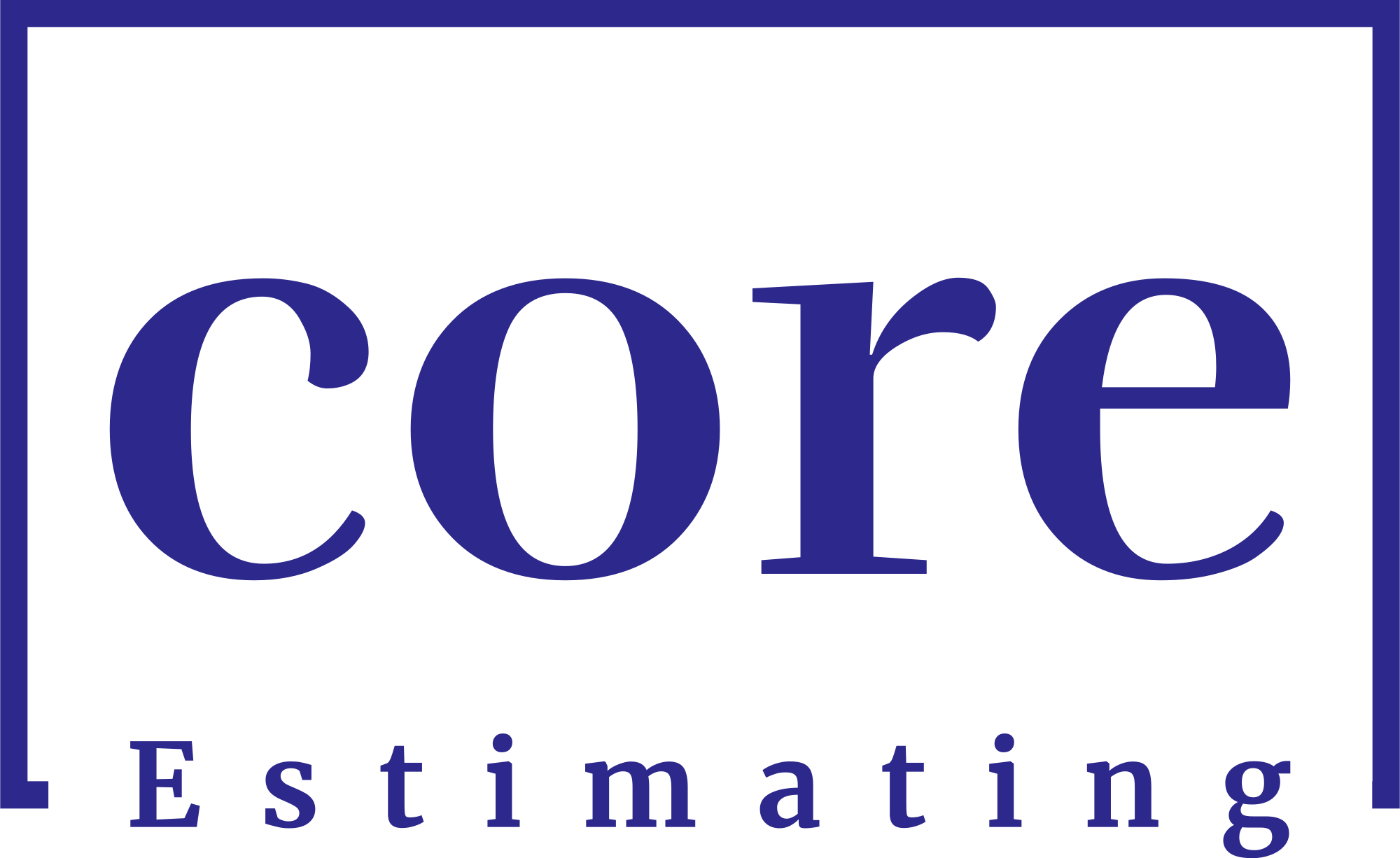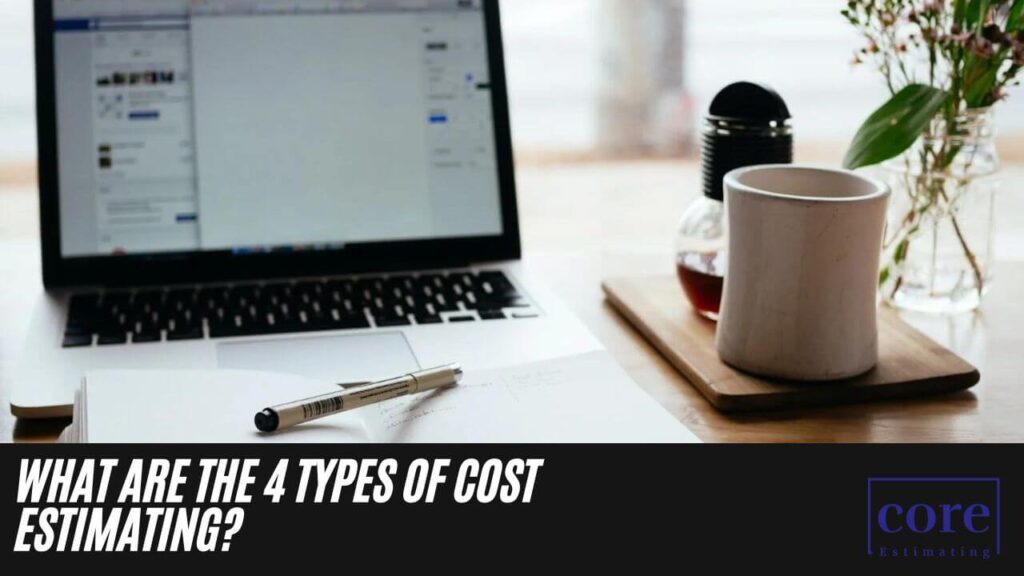Have you ever been baffled by the intricacies of project cost management? Have you pondered what cost estimating truly entails and why it’s so crucial? Well, don’t fret anymore! We’ve got you covered. We’re going to unravel the world of cost estimating for you, exploring its importance and delving into the four primary types of cost estimating.
The Importance of Cost Estimating
Cost estimating is akin to peering into a crystal ball, predicting what a project will cost before it has even begun. It involves forecasting the cost of resources, labor, and materials required to complete a project within a specified scope and timeframe.
Why Cost Estimating Matters
Now, you may be wondering, why is cost estimating so important? Well, it serves as a critical guide for project management, aiding in budgeting, resource allocation, and risk mitigation. Moreover, accurate cost estimates can make or break a project’s success. They ensure that a project doesn’t overshoot its budget, causing financial distress.
If you’re in need of construction estimate services, simply go to homepage or follow the links below:
| Services | Links |
|---|---|
| Detailing Services | Link |
| Building Information Modeling | Link |
| General Contractor | Link |
| Subcontractors | Link |
| MEP | Link |
Types of Cost Estimating
Now that we’ve established the significance of cost estimating, let’s dive into the various types. There are typically four types of cost estimating: Preliminary, Substantive, Definitive, and Control. Each serves a different purpose and is used at different stages of a project’s lifecycle.
Detailed Analysis of the 4 Types of Cost Estimating
1. Preliminary Estimate
Concept and Importance
First off, the preliminary estimate, also known as a ballpark estimate, is like a first glimpse into a project’s potential costs. It’s made with minimal data and serves to provide a rough estimation, helping stakeholders decide if a project is financially feasible.
Applications and Challenges
The preliminary estimate can be a bit of a double-edged sword. While it helps assess feasibility quickly, its lack of detail can lead to inaccuracies that may cause budgetary issues down the line.
2. Substantive Estimate
Concept and Importance
Substantive estimates come next, offering more precision than preliminary estimates. They’re based on more detailed data and analysis, offering a clearer picture of the potential costs involved. These estimates are typically used to validate the initial budgeting decisions and align them with the project’s evolving scope.
Applications and Challenges
While more accurate than preliminary estimates, substantive estimates are not infallible. They still rely on several assumptions and estimates, which can lead to cost overruns if not managed properly.
3. Definitive Estimate
Concept and Importance
The definitive estimate is like an intricate blueprint, offering a detailed cost breakdown based on thorough data analysis and project specifications. This type of estimate provides the highest level of accuracy, making it essential for final budget approval and project execution.
Applications and Challenges
Despite its high level of detail and accuracy, creating a definitive estimate can be time-consuming and resource-intensive. Moreover, it requires a high level of expertise to ensure all project aspects are adequately considered.
4. Control Estimate
Concept and Importance
Finally, the control estimate serves as the project’s financial North Star, guiding cost control and management throughout the project lifecycle. It’s frequently updated to reflect changes in the project’s scope, schedule, or resources, ensuring accurate cost tracking and control.
Applications and Challenges
While the control estimate is crucial for managing costs, maintaining it requires constant vigilance and adaptation. It demands a proactive approach to cost management, with frequent updates and adjustments to ensure it remains accurate and useful.
Choosing the Right Cost Estimating Method
Choosing the right cost estimating method can feel like threading a needle in a haystack. However, understanding the project’s needs, the available data, and the project’s lifecycle stage can guide you in selecting the most appropriate method.
The Role of Technology in Cost Estimating
In our tech-driven world, digital tools and software are revolutionizing cost estimating. From data analytics to artificial intelligence, technology is enhancing the accuracy and efficiency of cost estimating, making it easier than ever to manage project costs effectively.
Conclusion
In conclusion, cost estimating is an indispensable aspect of project management. It navigates the turbulent seas of project costs, steering the project towards success. Whether you’re using a preliminary, substantive, definitive, or control estimate, each plays a unique and pivotal role in ensuring effective cost management.






